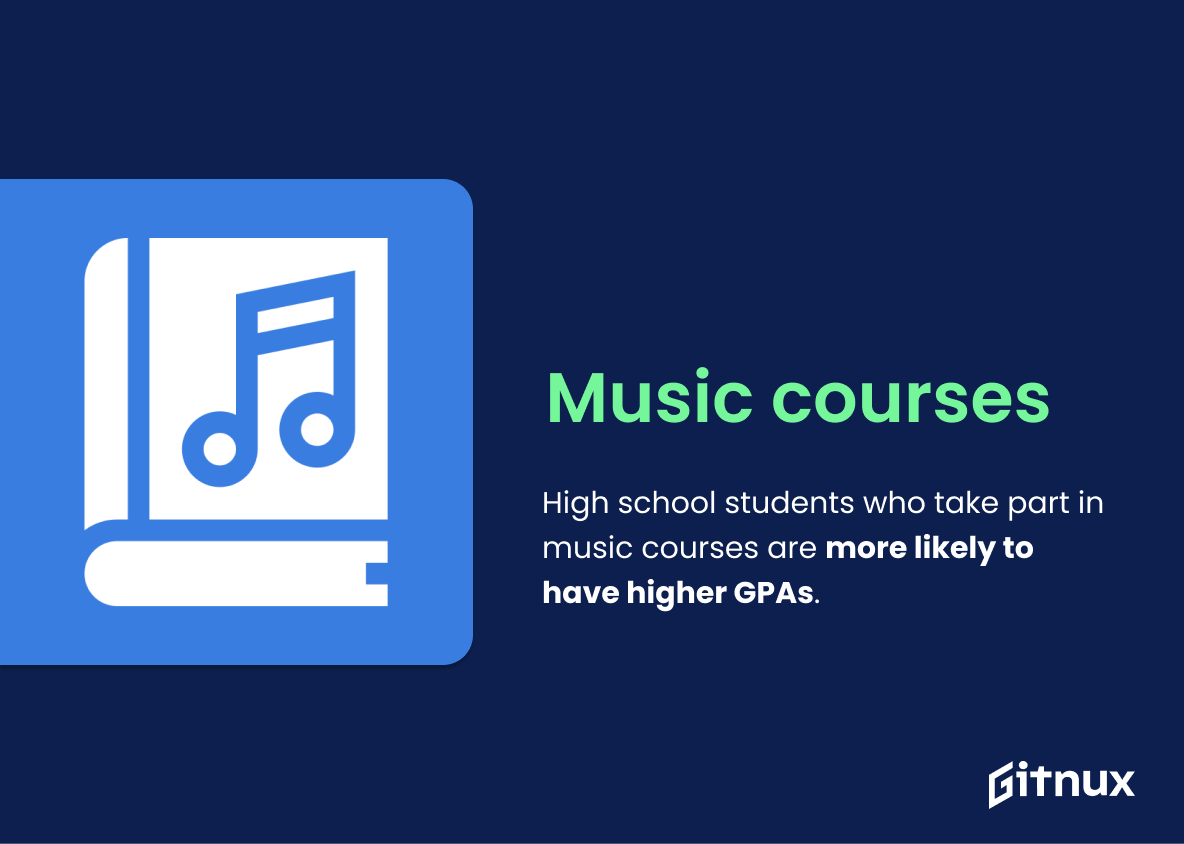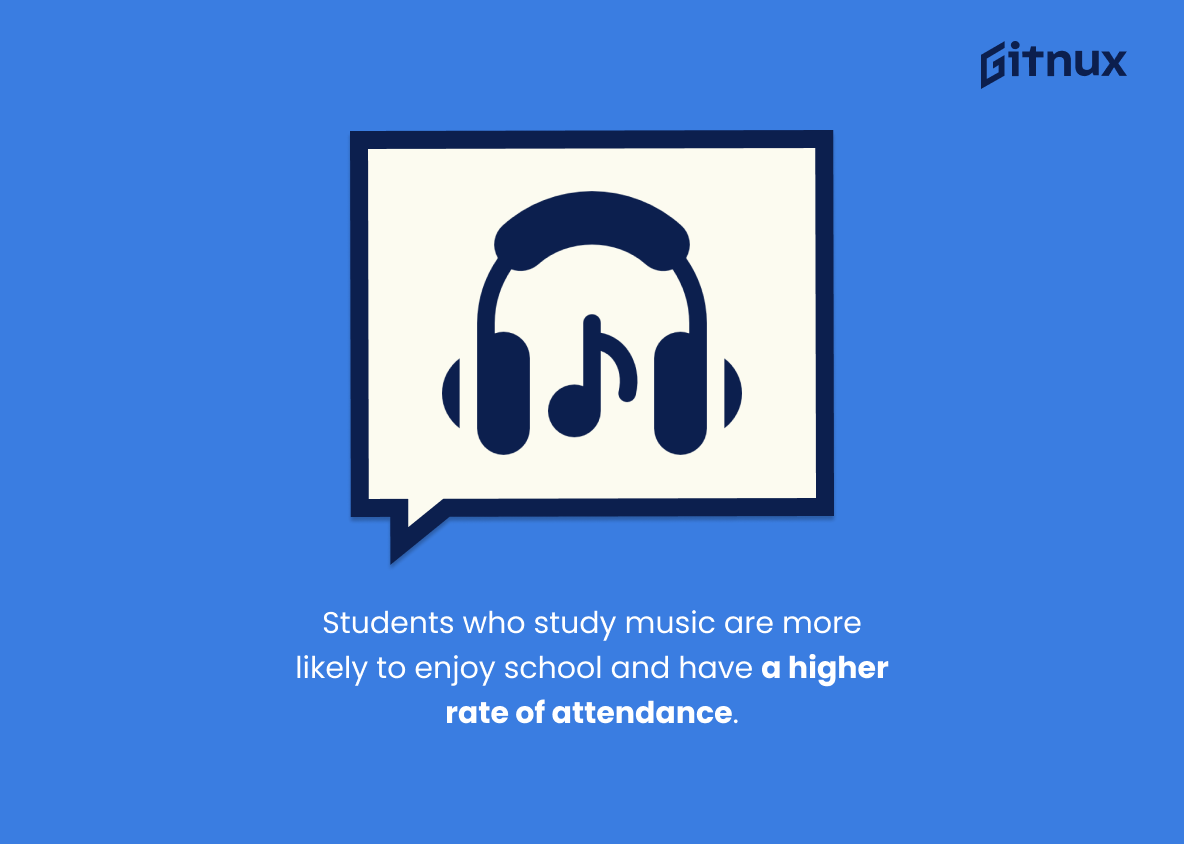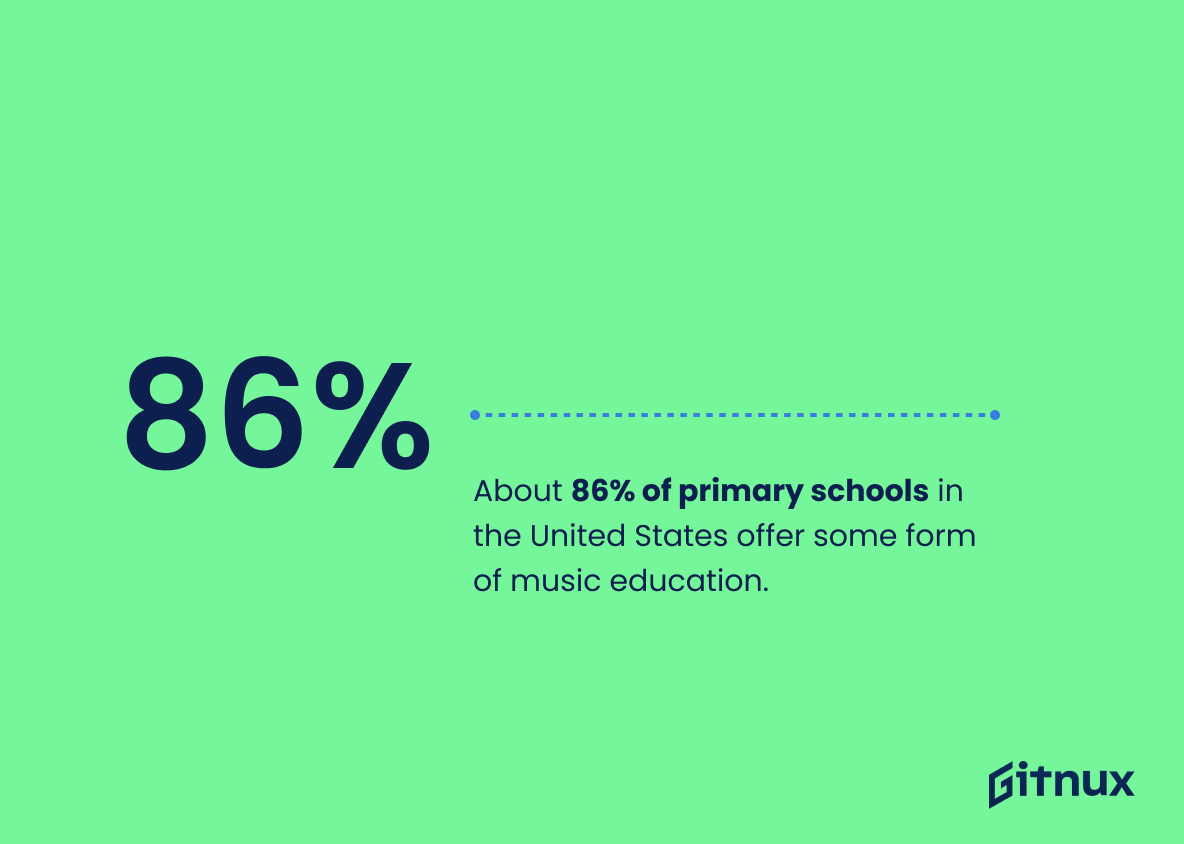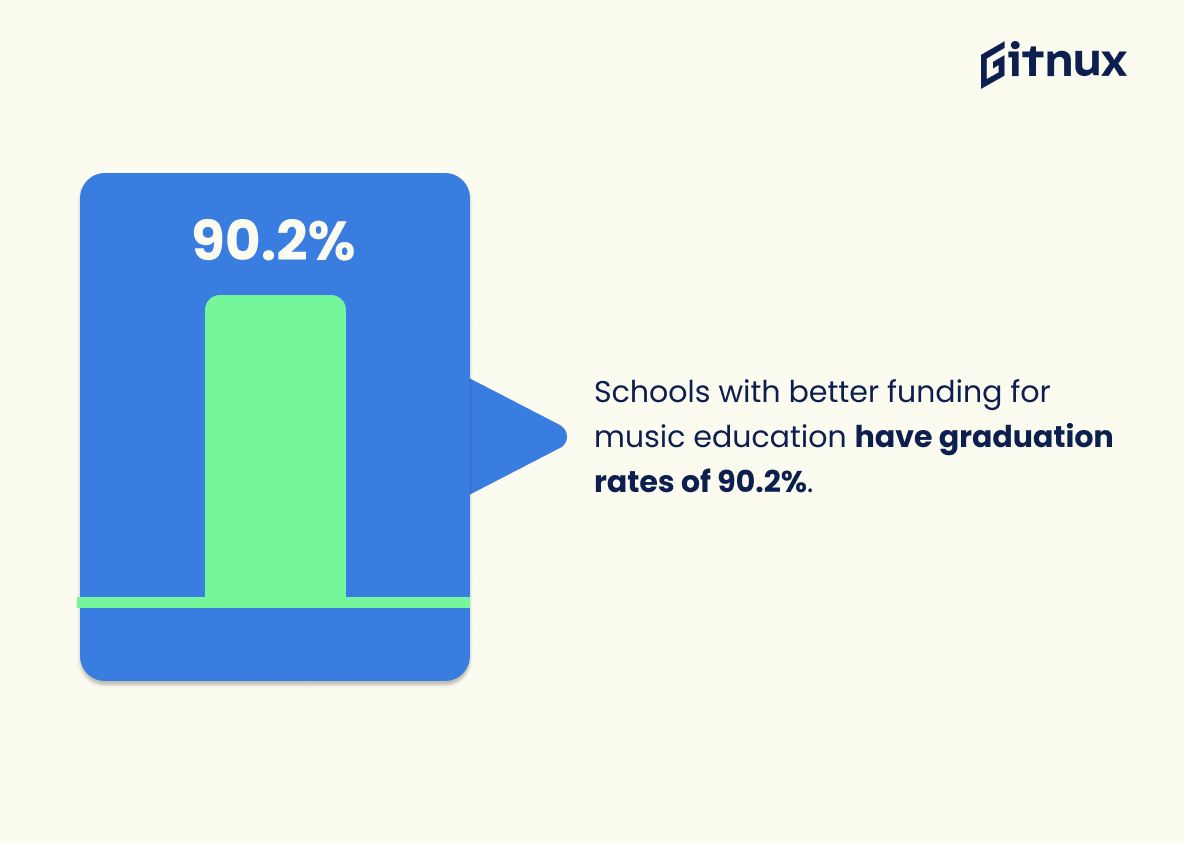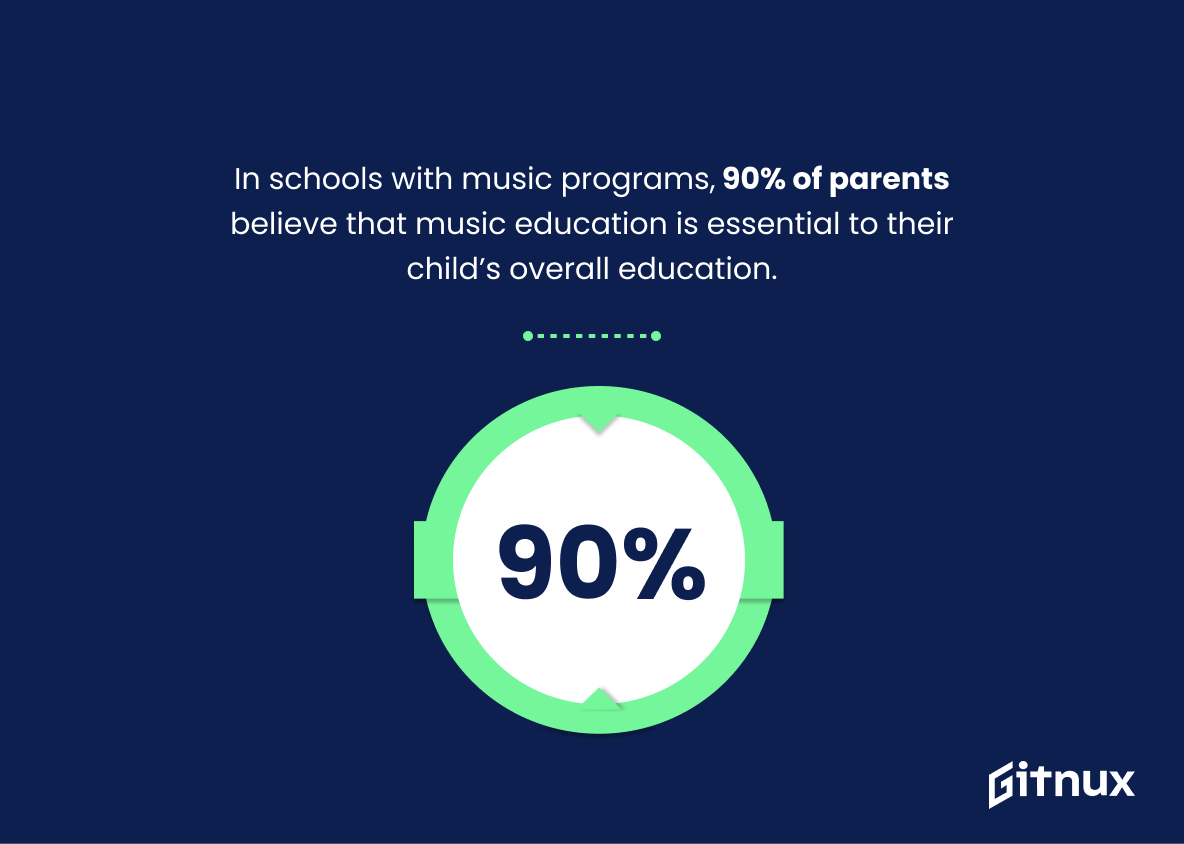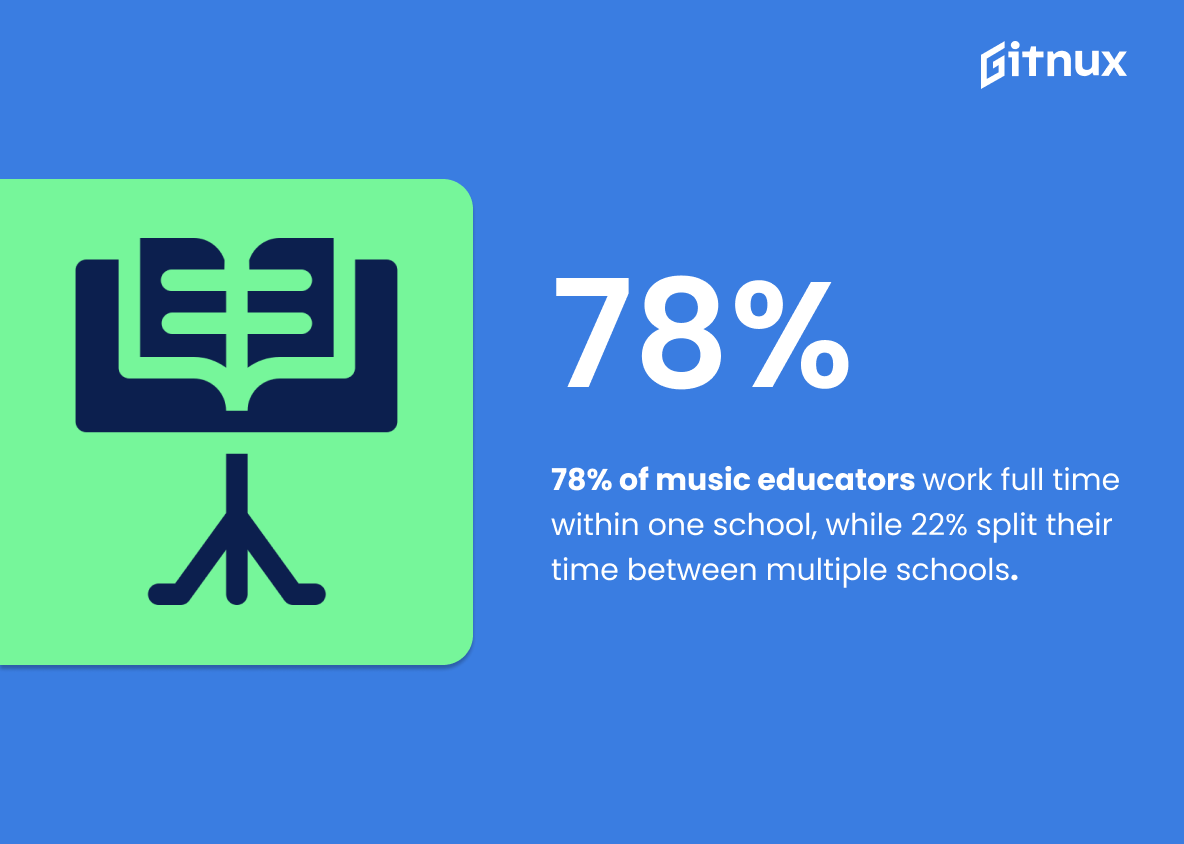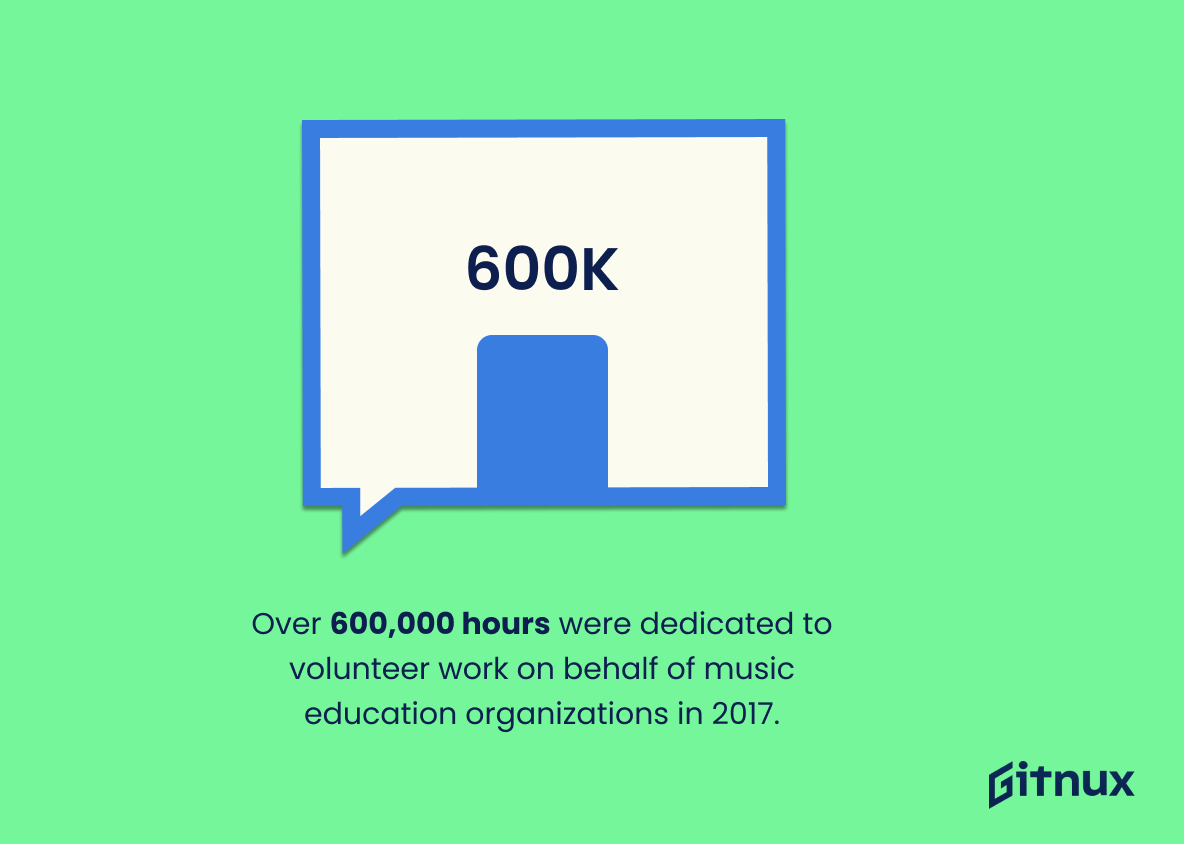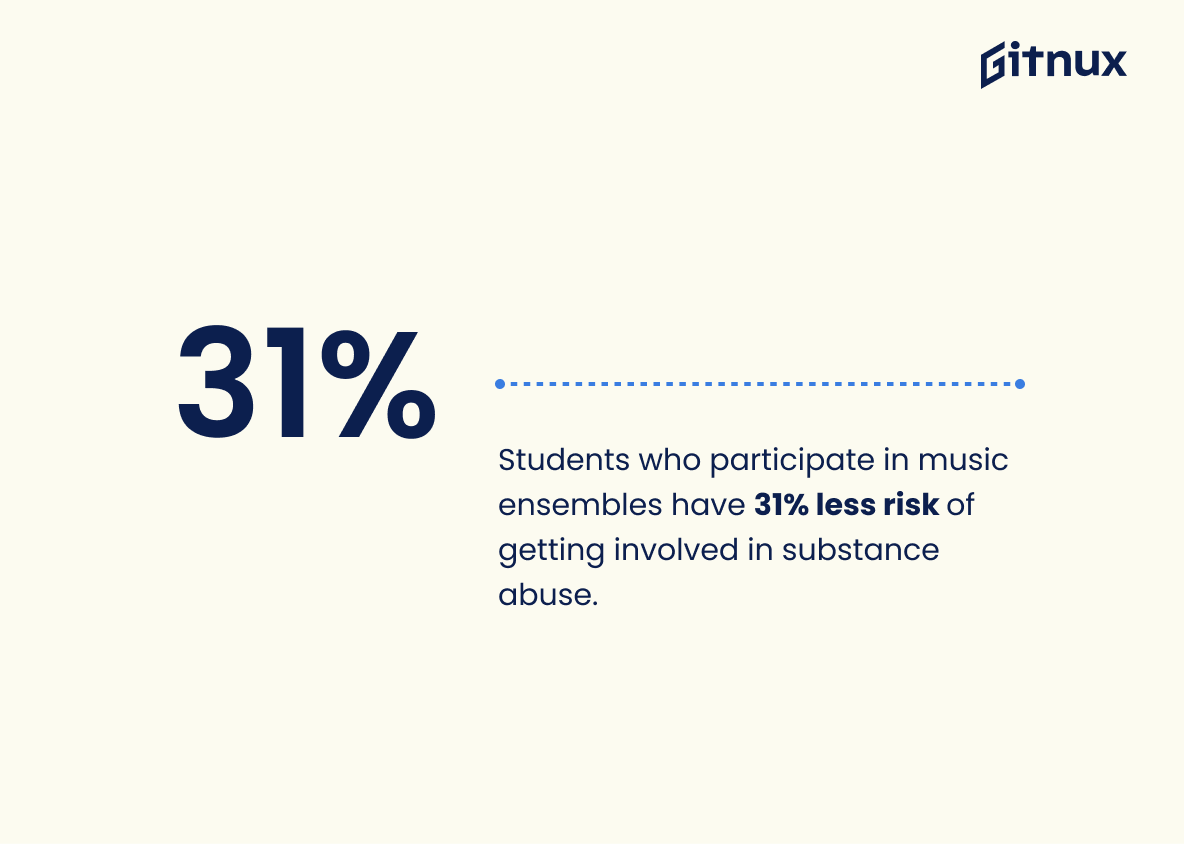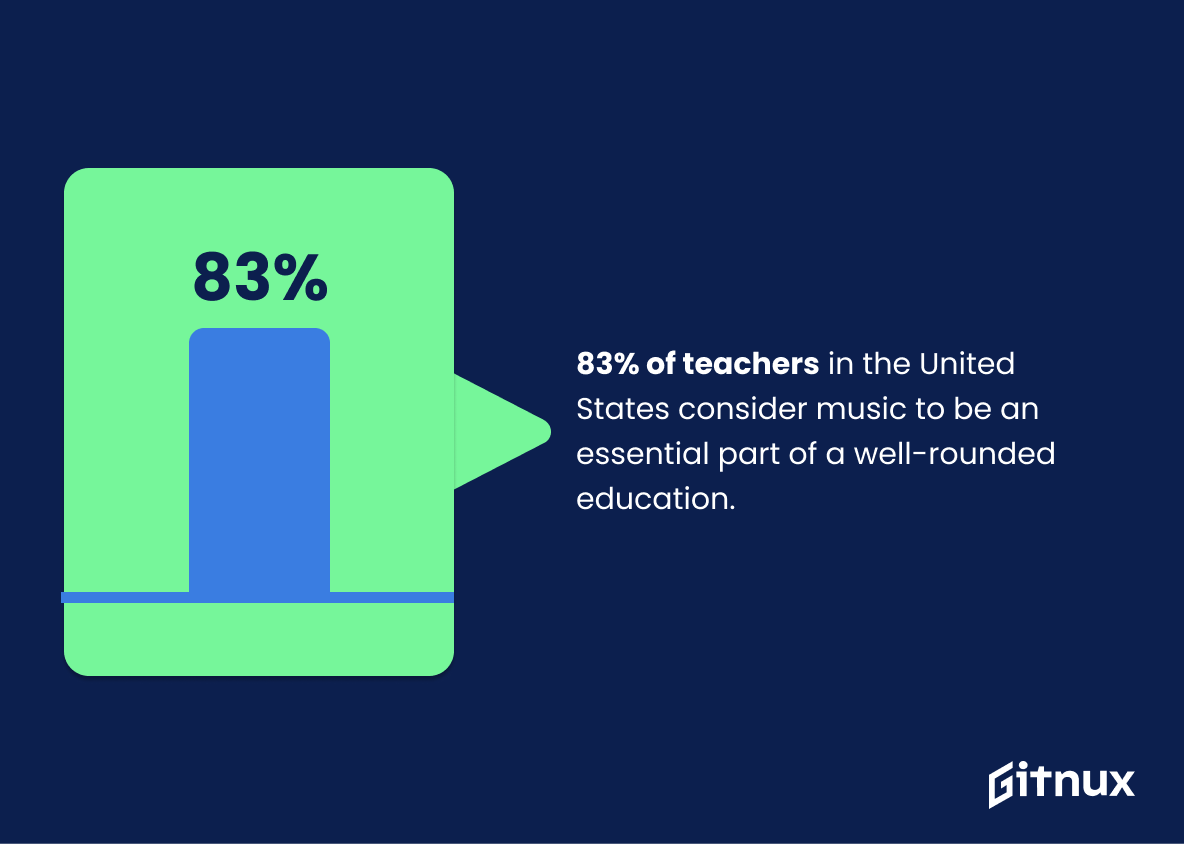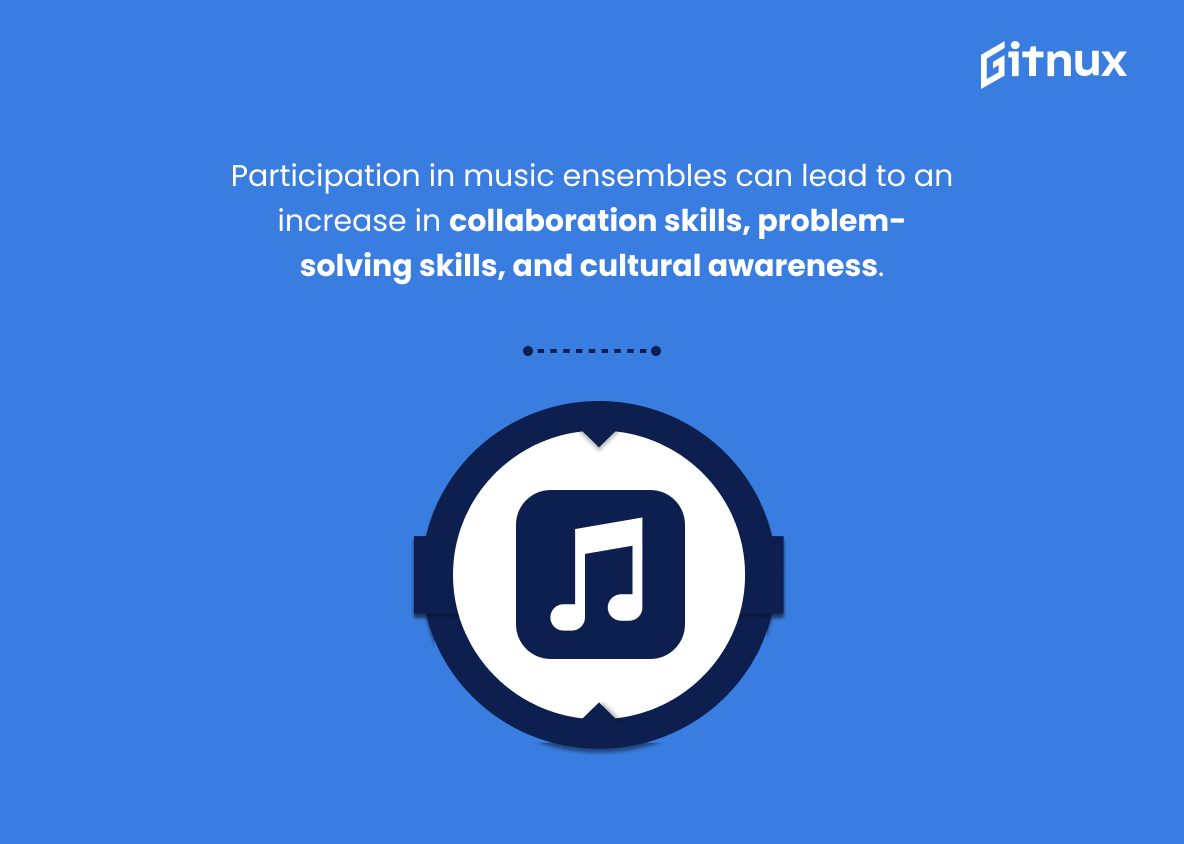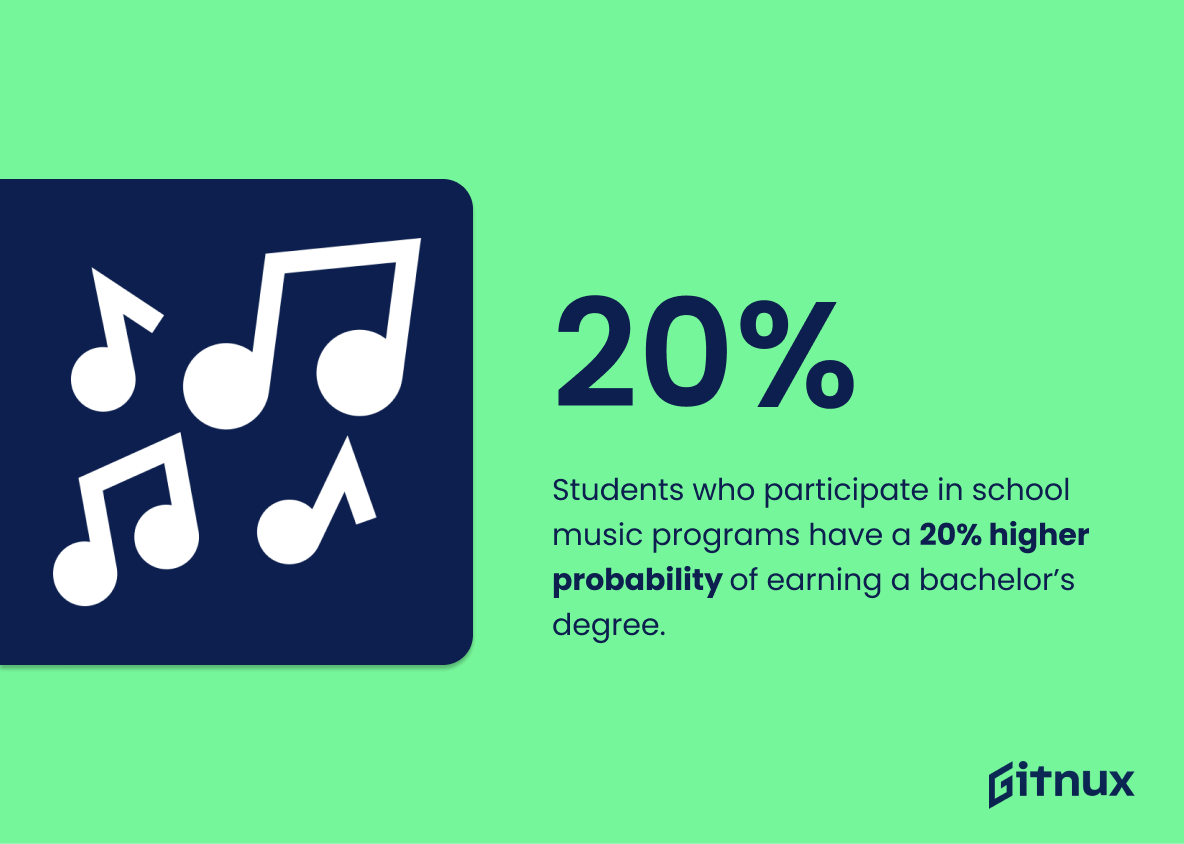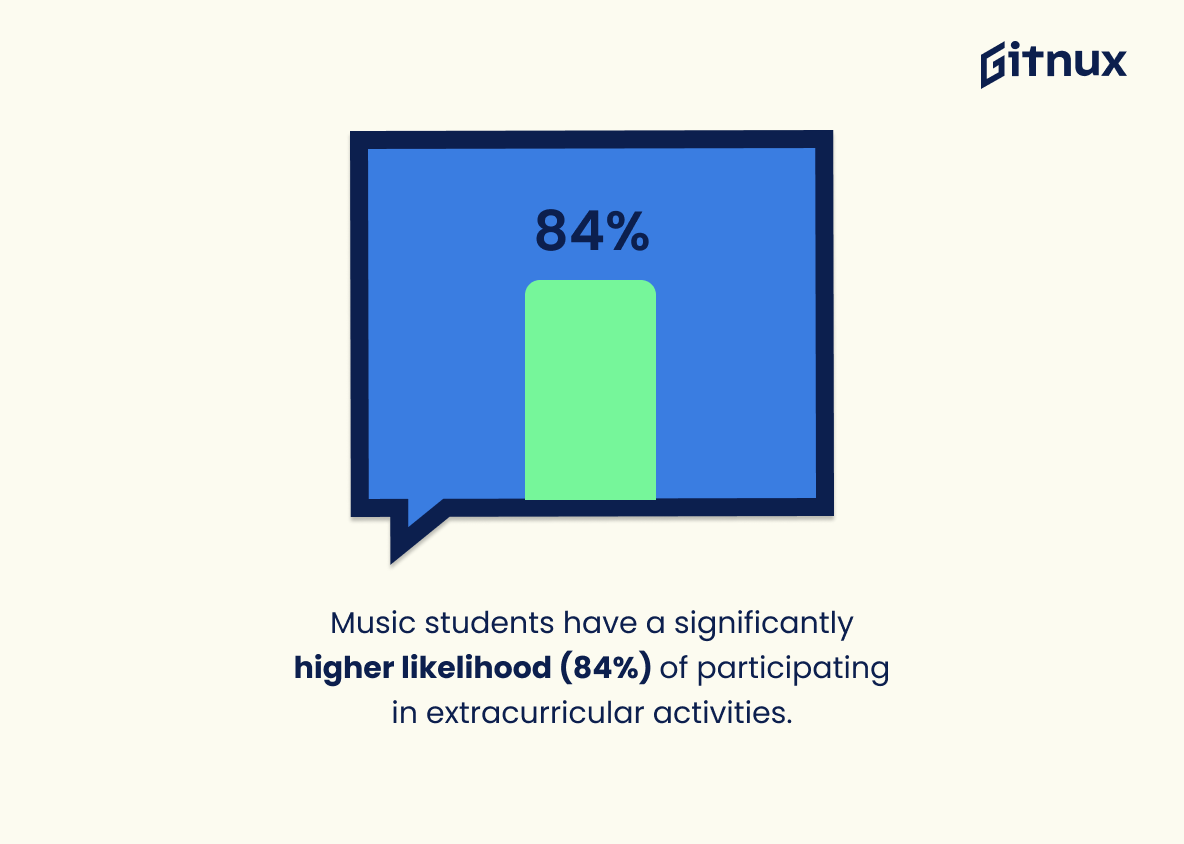Music and education have a long history of being intertwined. From the earliest days of formal schooling, music has been used to teach children important skills such as collaboration, problem-solving, cultural awareness and more. But what does modern research say about the impact that music can have on students? In this blog post we will explore 20 statistics from recent studies which demonstrate how powerful an influence music can be in our educational system today. We’ll look at data related to cognitive improvements among those who take part in musical activities; higher SAT scores for those with some form of musical training; increased GPAs for high schoolers involved in music courses; public opinion regarding the importance of including it within curriculums; improved attendance rates amongst students studying music; greater likelihoods for graduating both high school and college when taking part in these classes or ensembles – plus much more. So let’s dive into these fascinating findings together.
This statistic is a powerful testament to the positive impact of music education on cognitive development. It shows that students who participate in music lessons experience a range of cognitive benefits, from increased IQ to improved verbal memory and accelerated language development. This is an invaluable insight for parents and educators looking to maximize the educational potential of their children and students.
Those who took at least one year of music classes had an average SAT score of 38 points higher in reading and 21 points higher in math than students who did not take music classes.
This statistic is a powerful testament to the positive impact music classes can have on a student’s academic performance. It shows that taking music classes can lead to a significant improvement in SAT scores, particularly in the areas of reading and math. This is an important finding for anyone interested in the relationship between music and education, as it demonstrates the potential for music classes to help students excel in their studies.
Music And Education Statistics Overview
High school students who take part in music courses are more likely to have higher GPAs than students who do not participate in music.
This statistic is a powerful testament to the positive impact music can have on a student’s academic performance. It highlights the importance of music education in helping students achieve their academic goals and demonstrates the value of incorporating music into the school curriculum. By showcasing this statistic, a blog post about Music and Education Statistics can help to emphasize the importance of music education and its potential to improve student outcomes.
Students who study music are more likely to enjoy school and have a higher rate of attendance.
This statistic is a powerful reminder of the positive impact music can have on students’ educational experience. It highlights the importance of music in the classroom, and how it can be used to foster a more enjoyable and engaging learning environment. By encouraging students to study music, schools can help to improve attendance rates and create a more positive atmosphere for learning.
About 86% of primary schools in the United States offer some form of music education.
This statistic is a powerful indicator of the importance of music education in the United States. It shows that the majority of primary schools recognize the value of music education and are making it available to their students. This is an encouraging sign that music education is being taken seriously and is being given the attention it deserves.
Schools with better funding for music education have graduation rates of 90.2%, compared to a 72.9% graduation rate for schools with low-quality music education.
This statistic is a powerful testament to the importance of music education in the overall success of students. It clearly demonstrates that providing students with quality music education can have a significant impact on their academic performance and graduation rates. This is an important point to consider when discussing the value of music education and its impact on student success.
In schools with music programs, 90% of parents believe that music education is essential to their child’s overall education,
This statistic is a powerful testament to the importance of music education in the eyes of parents. It shows that parents recognize the value of music education and understand its importance in providing their children with a well-rounded education. This statistic is a strong argument for the inclusion of music programs in schools, and it serves as a reminder of the positive impact music education can have on students.
78% of music educators work full time within one school, while 22% split their time between multiple schools.
This statistic is a telling indication of the dedication of music educators to their craft. It shows that the majority of music educators are committed to providing quality instruction to their students by dedicating their full-time efforts to one school. The remaining 22% who split their time between multiple schools demonstrate an even greater commitment to music education, as they are willing to go the extra mile to ensure that students in multiple schools have access to quality music instruction.
Over 600,000 hours were dedicated to volunteer work on behalf of music education organizations in 2017.
This statistic is a testament to the dedication of those who are passionate about music education. It shows that there is a strong commitment to ensuring that music education is accessible to all, and that people are willing to put in the time and effort to make it happen. It is a powerful reminder of the importance of music education and the impact it can have on individuals and communities.
Students who participate in music ensembles have 31% less risk of getting involved in substance abuse.
This statistic is a powerful reminder of the positive impact music can have on young people’s lives. It highlights the potential of music to help protect students from the dangers of substance abuse, and underscores the importance of providing access to music education in schools. By investing in music education, we can help create a healthier, more productive future for our youth.
83% of teachers in the United States consider music to be an essential part of a well-rounded education.
This statistic is significant in the context of a blog post about Music and Education Statistics because it demonstrates the widespread belief among teachers that music is an integral part of a comprehensive education. It shows that the majority of teachers recognize the importance of music in the classroom and are committed to providing students with a well-rounded education that includes music. This statistic is a testament to the value that teachers place on music education and its potential to enrich the learning experience.
Participation in music ensembles can lead to an increase in collaboration skills, problem-solving skills, and cultural awareness.
This statistic is significant in the context of Music And Education Statistics because it highlights the potential for music to be a powerful tool for developing important skills. By participating in music ensembles, students can gain valuable experience in collaboration, problem-solving, and cultural understanding. These are all essential skills for success in the modern world, and music can be an effective way to help students develop them.
Students who participate in school music programs have a 20% higher probability of earning a bachelor’s degree.
This statistic is a powerful testament to the positive impact music programs can have on students’ academic success. It shows that students who participate in school music programs are more likely to achieve a higher level of education, which can open up a world of opportunities for them. This statistic is a reminder of the importance of music education and its ability to help students reach their full potential.
Music students have a significantly higher likelihood (84%) of participating in extracurricular activities compared to non-music students (55%).
This statistic speaks volumes about the impact of music education on students’ lives. It shows that music students are more likely to be engaged in activities outside of the classroom, suggesting that music education encourages students to be more involved in their communities and to develop a greater sense of self-confidence. This is an important finding, as it highlights the importance of music education in helping students to become well-rounded individuals.
Conclusion
The statistics presented in this blog post demonstrate the numerous benefits of music education. From improved cognitive abilities to higher SAT scores, increased graduation rates and a greater likelihood of attending college, it is clear that students who participate in music classes have an advantage over those who do not. Music also has positive effects on student engagement and collaboration skills as well as cultural awareness. Furthermore, parents overwhelmingly support music education for their children due to its essential role in providing a well-rounded educational experience. With these facts taken into consideration, it is evident that investing time and resources into quality music programs can provide immense value for both individual students and society at large.
References
0. – https://www.www.nammfoundation.org
1. – https://www.nafme.org
2. – https://www.files.eric.ed.gov
3. – https://www.www.apa.org
4. – https://www.eric.ed.gov
5. – https://www.www.giarts.org
6. – https://www.nces.ed.gov
7. – https://www.www.jsmf.org
